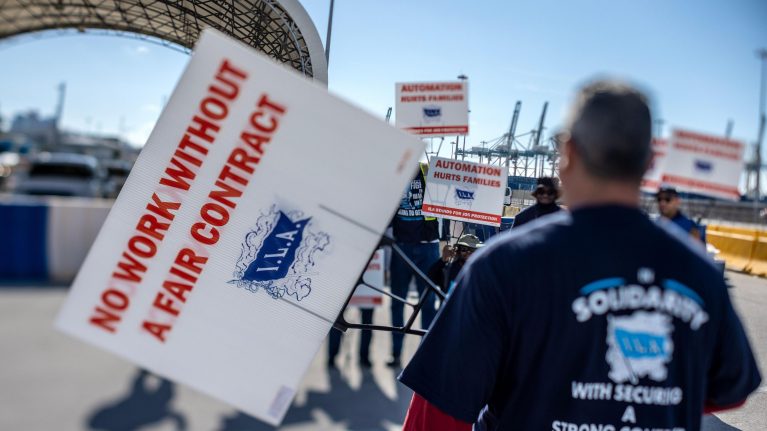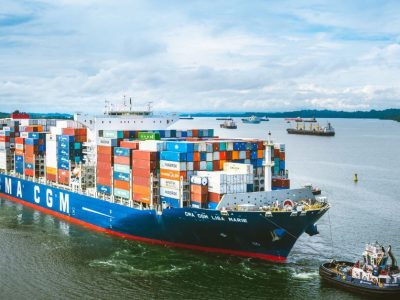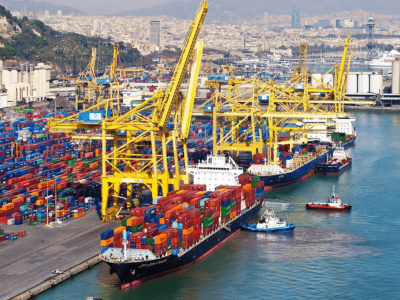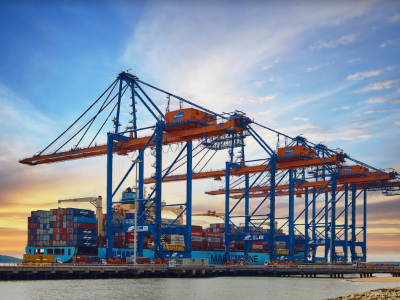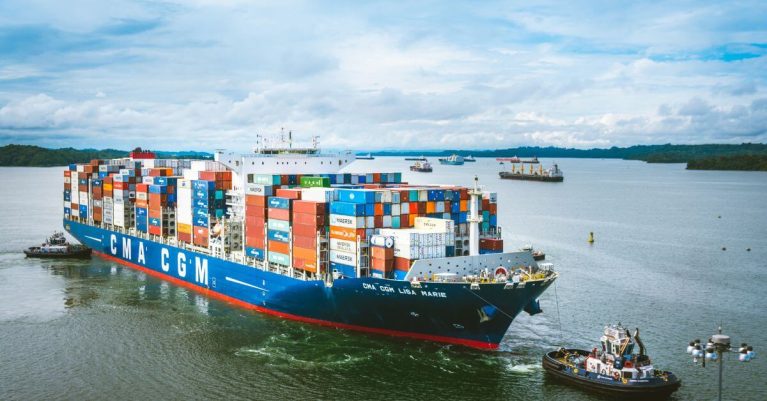By GMM News | 2024-10-02 | International Shipping News |
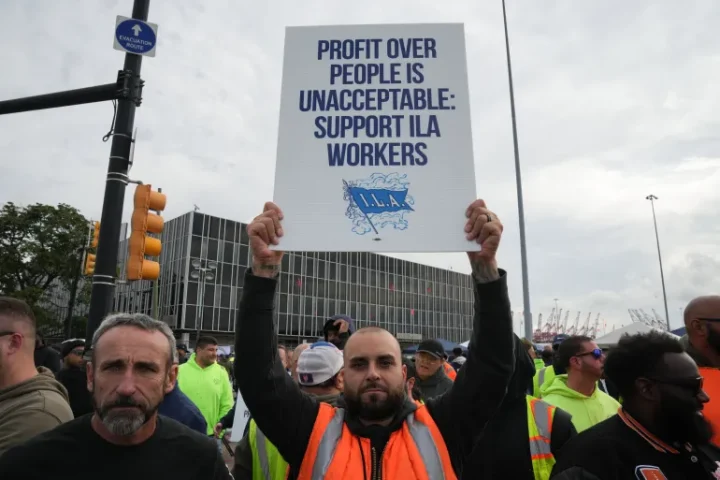
Thousands of port workers have gone on strike at ports along the entire East and Gulf Coasts of the U.S, in what could be the most disruptive strike to the U.S economy in decades, as the presidential election and the holiday season nears.
ILA or International Longshoremen’s Association members walked out on Tuesday at 14 major ports, which halted container traffic from Maine to Texas. Though President Biden can suspend the strike for 80 days for further negotiations, per sources, he does not plan to do so.Hence, this event would mark the first complete shutdown in around five decades.
Talks have been stalled for months now and the contract expired on Monday. The two parties are fighting over a 6-year contract that covers 25,000 port workers who are employed in container and RORO operations, per the U.S Maritime Alliance, called USMX, representing shipping firms, port associations and marine terminal operators.
USMX mentioned on Monday that it increased its offer, and would increase wages by around 50%, triple the contribution of employers to pension plans and offer health care options.
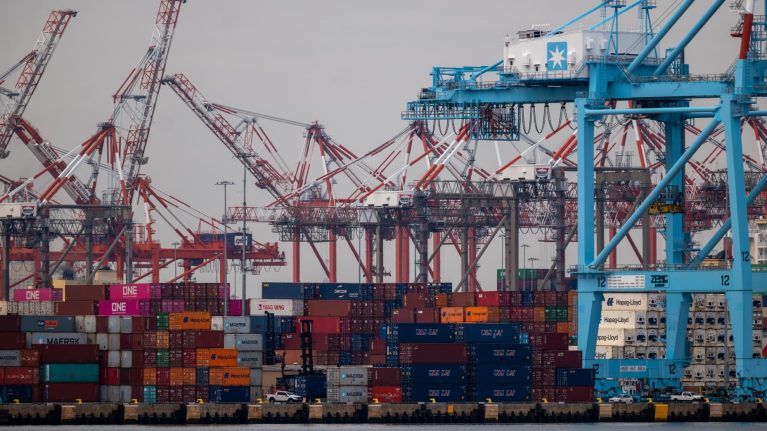
The Union has asked for an increase in pay for its members and also expressed concern about the threat of automation at ports.
On the other hand, USMX blamed the union, saying it didn’t want to bargain, and filing a complaint with labour regulators which asked them to order the union back to the table.
Per the previous contract, starting wages ranged from $20 to $39 per hour, which also depends on the experience of the workers. They also got bonuses connected to container trade.
Mr Daggett, the Union Boss said that they want a per-hour pay rise by 5 dollars per year over the life of the 6-year agreement, which amounts to around 10% per year.
The ILA has mentioned that port workers are owned after shipping profits rose in the COVID-19 pandemic while inflation affected salaries. It also warned of a much bigger strike including those not directly a part of the dispute.
The union said it represents over 85,000 workers and has 45,000 active members, per its report to the Labor Department.
The strike will impact perishable goods like food and the ports involved manage 14% of agricultural exports shipped by sea and over half of imports, including bananas and chocolate, per Farm Bureau.
Sectors like Tin, Tobacco and Nicotine will be affected, as will clothing, footwear firms, and European car manufacturers, which route most of their shipments from Baltimore Port.
Imports increased in summer as businesses rushed shipments before the strike began.
Seth Harris, Northeastern University Professor and a former White House adviser on labour issues said that immediate economic impacts won’t be visible but if the strike lasts long, then prices might rise and there might be shortages of goods.
Over a third of exports and imports might be impacted, causing a loss of around $ 4.5 billion each week of the strike, per Grace Zemmer, an associate US economist at Oxford Economics, though many say that the economic hit could be much more.
More than 100,000 people could be temporarily unemployed as the strike will go on. Peter Sand, chief analyst at ocean freight analytics firm Xeneta said that this could also push up shipping costs, which would affect both businesses and consumers.
As unemployment rates are high and the economy is already slow, this strike puts President Biden in a difficult position. The US Chamber of Commerce Business Group has called on him to take appropriate action.
ILA’s Mr Daggett endorsed Biden in 2020 but has become critical of him recently and met with Donald Trump in July.
The strike would hurt Democrats but alienating supporters in the labour movement weeks before the election would be a greater loss, per William Brucher, professor of labor studies and employment relations at Rutgers University.
References: BBC, CNN

